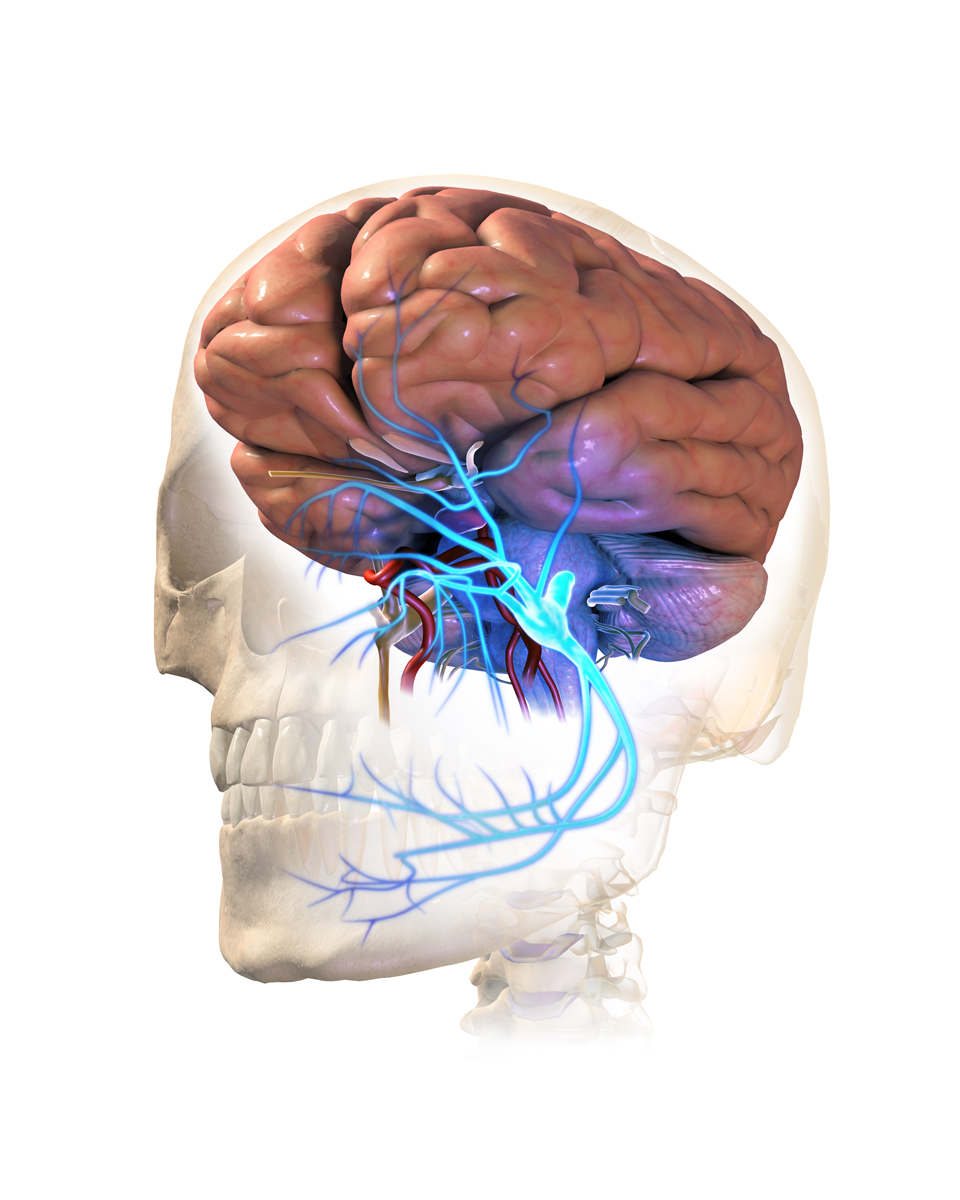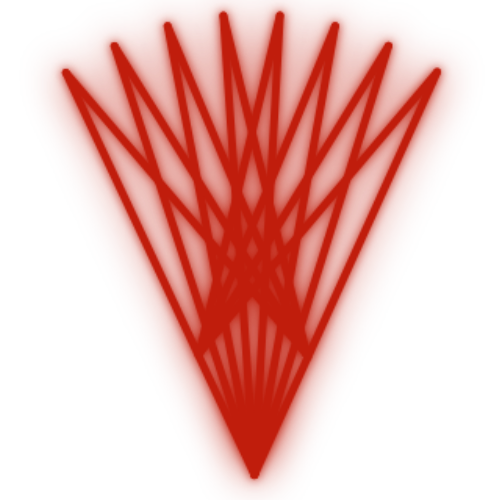
Trigeminal neuralgia (TN) is a chronic pain condition affecting the trigeminal nerve, which is responsible for facial sensation and motor functions like chewing. It is classified as a form of neuropathic pain and is known for causing intense discomfort.
Trigeminal neuralgia is categorized into two main types:
- Typical (Classic) TN – Characterized by sudden, severe, electric shock-like pain on one side of the face. These painful episodes last from a few seconds to minutes and may occur in clusters over several hours.
- Atypical TN – Causes a persistent burning or aching pain, often less intense but more constant.
Both types can coexist in the same individual. Common triggers include facial touch, chewing, or even mild sensations, making everyday activities challenging. Due to its severity, TN is often associated with mental health concerns such as depression.
The exact cause remains unclear but possible causes include: nerve compression by surrounding structures, multiple sclerosis, strokes, facial trauma and tumours.
Reflection on cases I’ve treated:
I have treated a handful of cases of TN cases and it appears to me that my minimalist style of treatment is more effective for atypical TN. I’ve had two cases memorable cases of Atypical TN both in males above the age of 50 years old whose TN had started as a Classical TN but over the years morphed into the Atypical or Chronic form.
That means that their TN pains were no longer intermittent, they became constant but often made worse by facial movements etc. Their chronic TN pains were constantly averaging at 8-9/10 in pain. Understandably, their quality of life was affected and they had developed depression as a result. They both were under the care of neurologists (as is appropriate) and medications only helped somewhat.
Laser acupuncture treatment for these two cases was only at one point aiming to access the Trigeminal nerve to down regulate it’s hypersensitivity. I warned my patients each time that this treatment will flare up their condition temporarily before the nerves will start to settle. In one case, the TN flared up badly for a week and in the other case, it was for about 2 weeks. I reviewed both a month later and there was an appreciable but small improvement in their resting TN pains. Rinse and repeat. Each treatment had flare ups but they progressively diminished in their intensity. Still, for these cases of nerve hypersensivitiy, there is NO way to avoid flare ups.
After 4-6 treatments (1 month apart), the pain was barely noticeable but it did not fully go away given the chronic nature of atypical TN pain. Their quality of life significantly improved as a result. It’s been at least a year since I’ve seen both patients but I have advised them that when/if their TN becomes more noticeable again, they should get it treated early. I am not aiming for a cure in these chronic cases, I am aiming purely for control. Acupuncture is a modality that can effectively achieve this if used appropriately.
I wanted to briefly touch on Classical or Typical TN. I’ve not had too much experience with these types as medications are often effective such that I do not need to intervene and risk a flare up (before improving). However with these cases, I’ve seen them respond quite well with a more traditional needle acupuncture (at their local practitioner) or physiotherapy dry needling approach.
